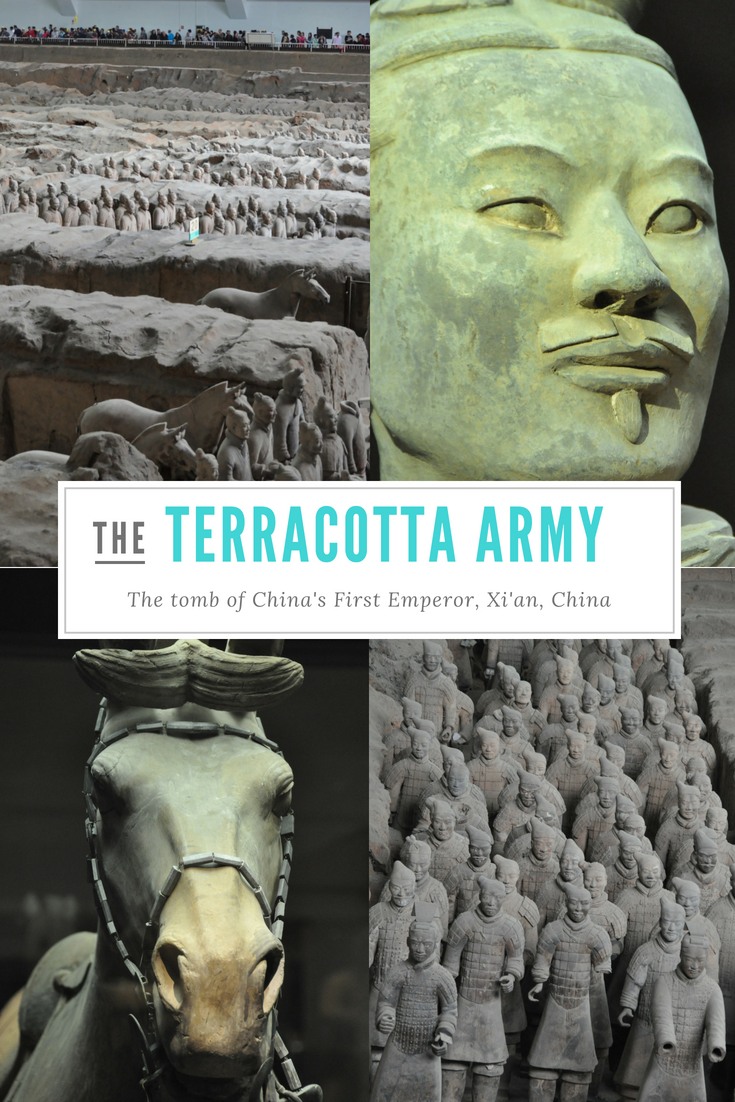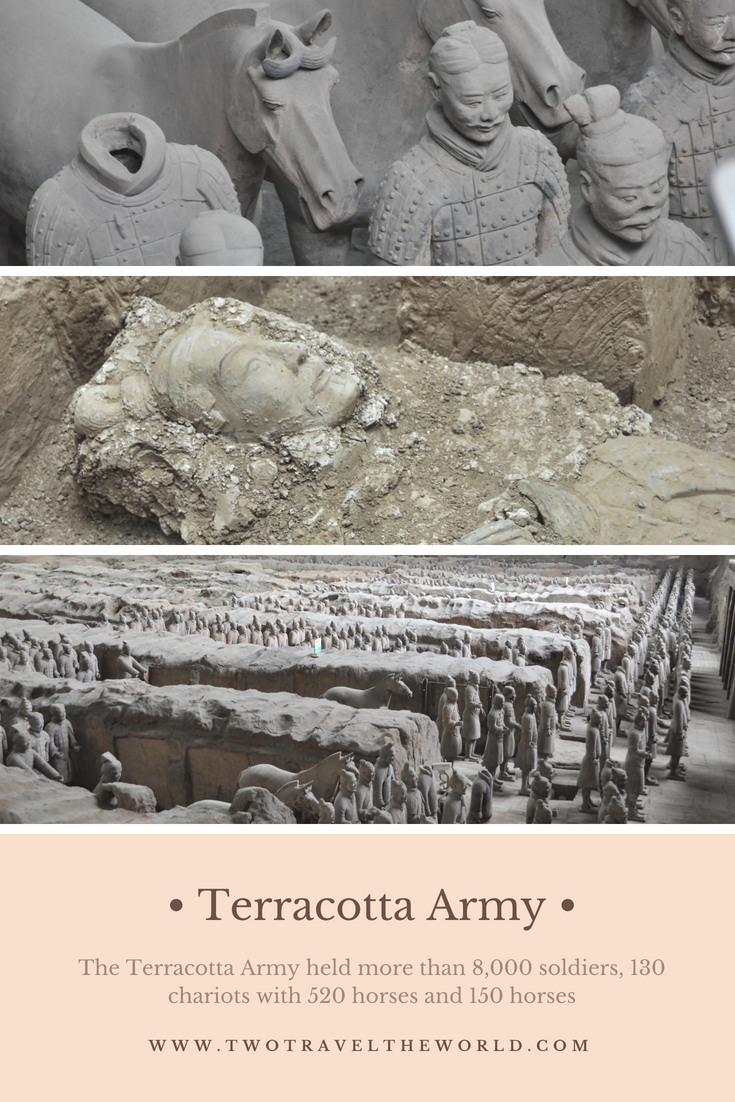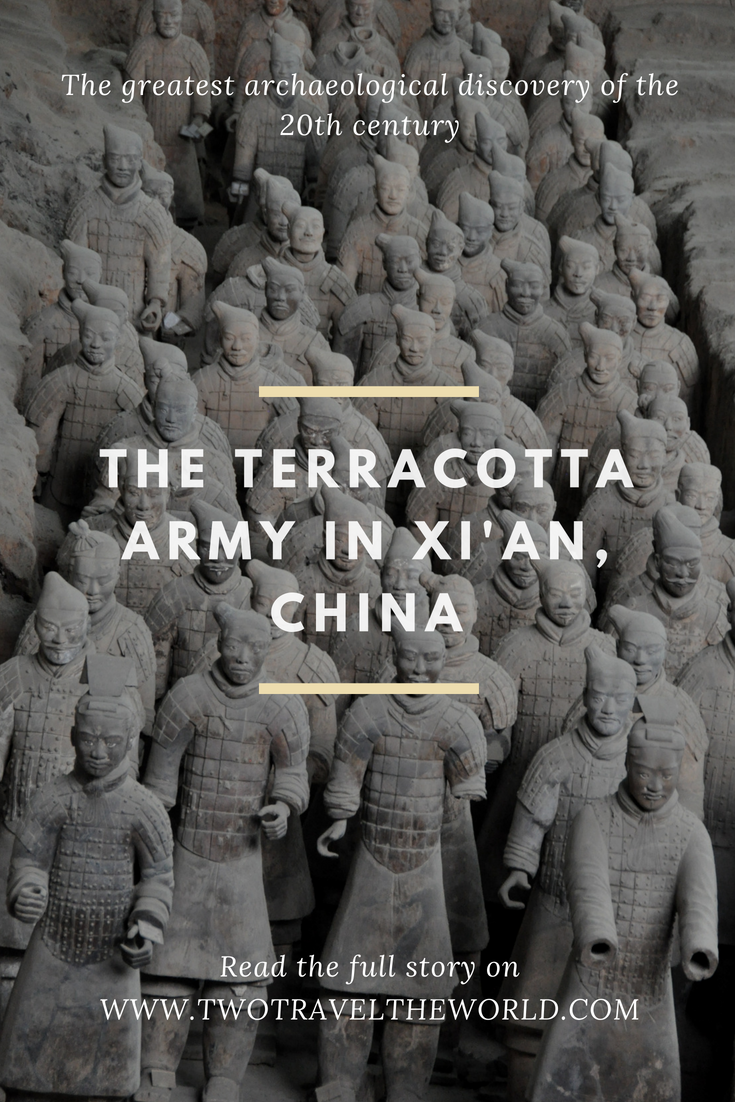After a good night sleep, in a larger bed than usual, we were full of energy and excitement for our next big experience: The Army of Terracotta Warriors.
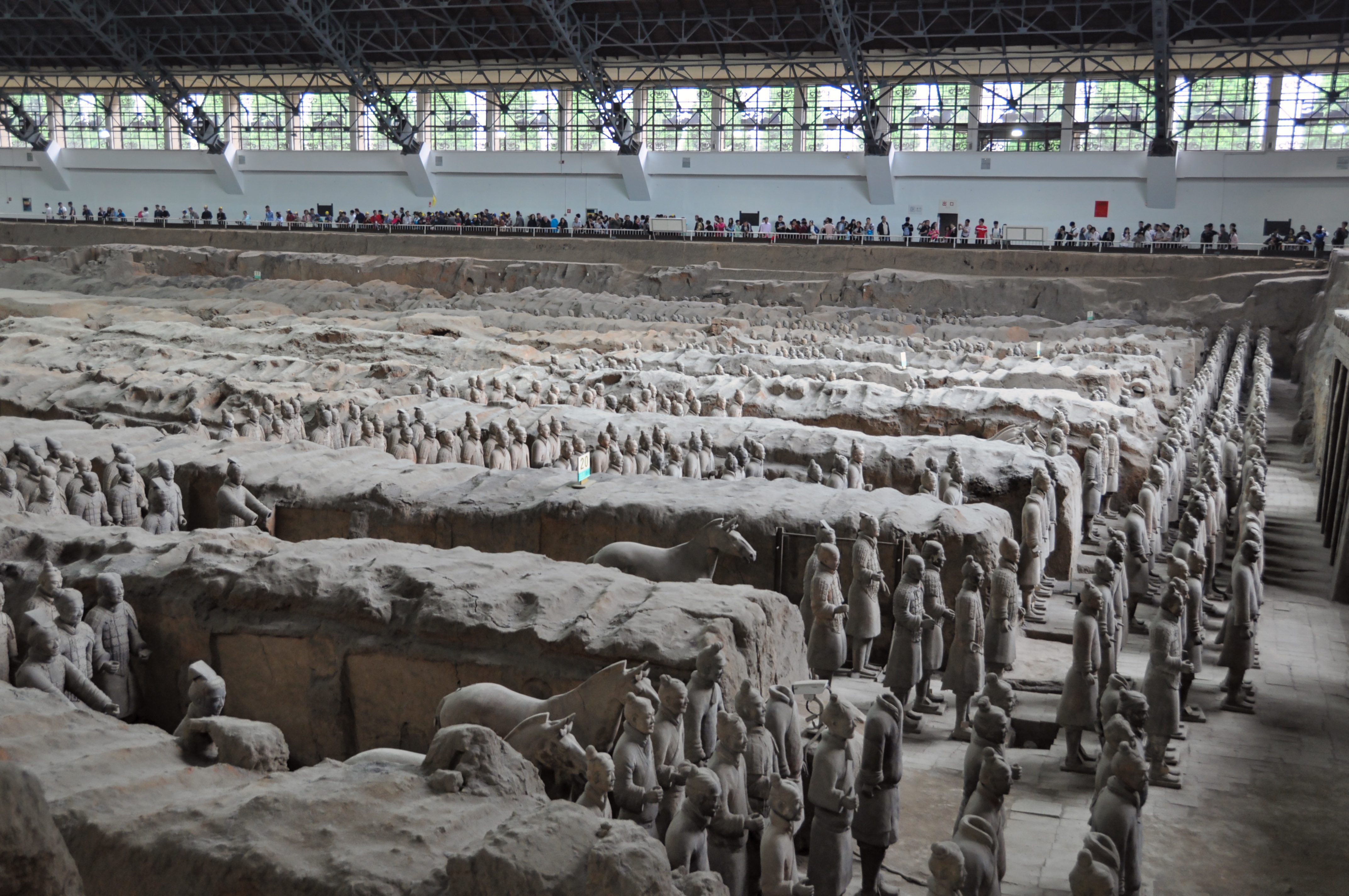
Going from the east square of Xian railway station to the terracotta sculptures can be done by the 306 bus also called the tourist line 5. We were confronted with many touts trying to hustle us into their private bus but we stick to our plans to use local buses. After an hour drive, we found the ticket office and bought our entry to the archaeological site. The adventure was about to get real.
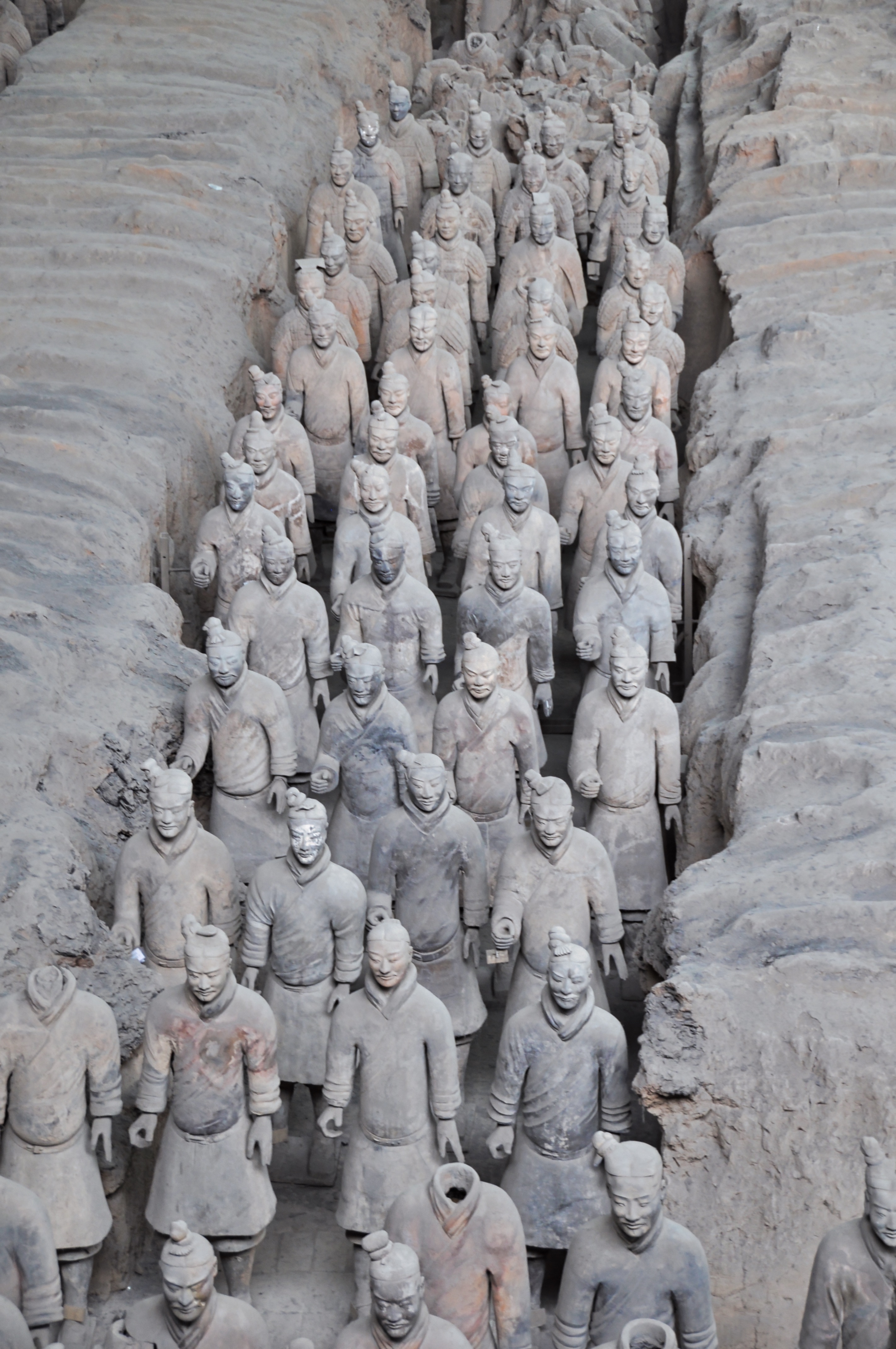
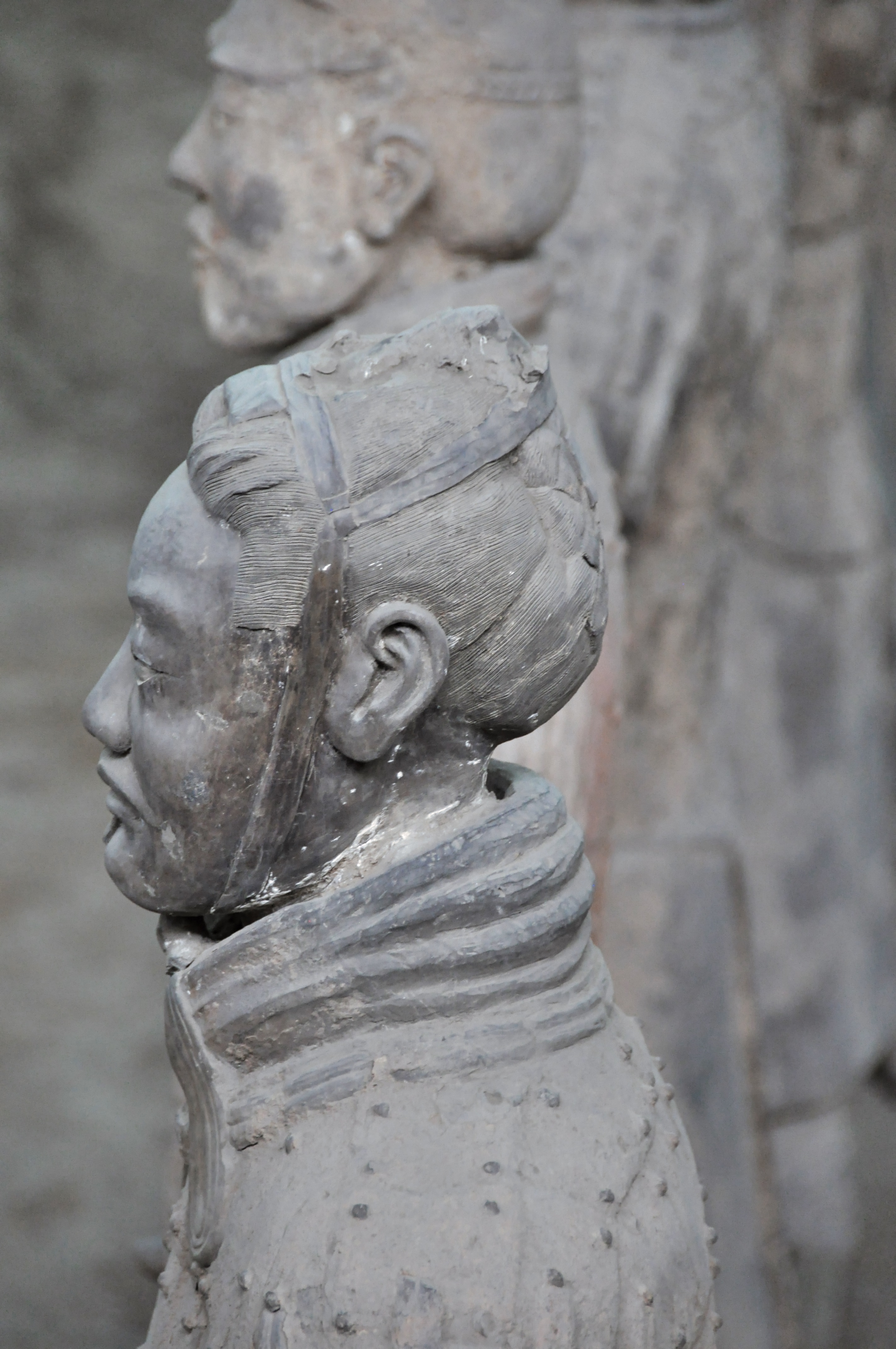
The Terracotta Army was ordered by China's first emperor, Qin Shi Huang, when he was only 13. It took 40 years and over 700,000 workers to assemble and paint the soldiers. The remaining figures - warriors, archers, chariots and horses - are incredible. You can't imagine how spectacular the clay army must have been 2400 years ago.
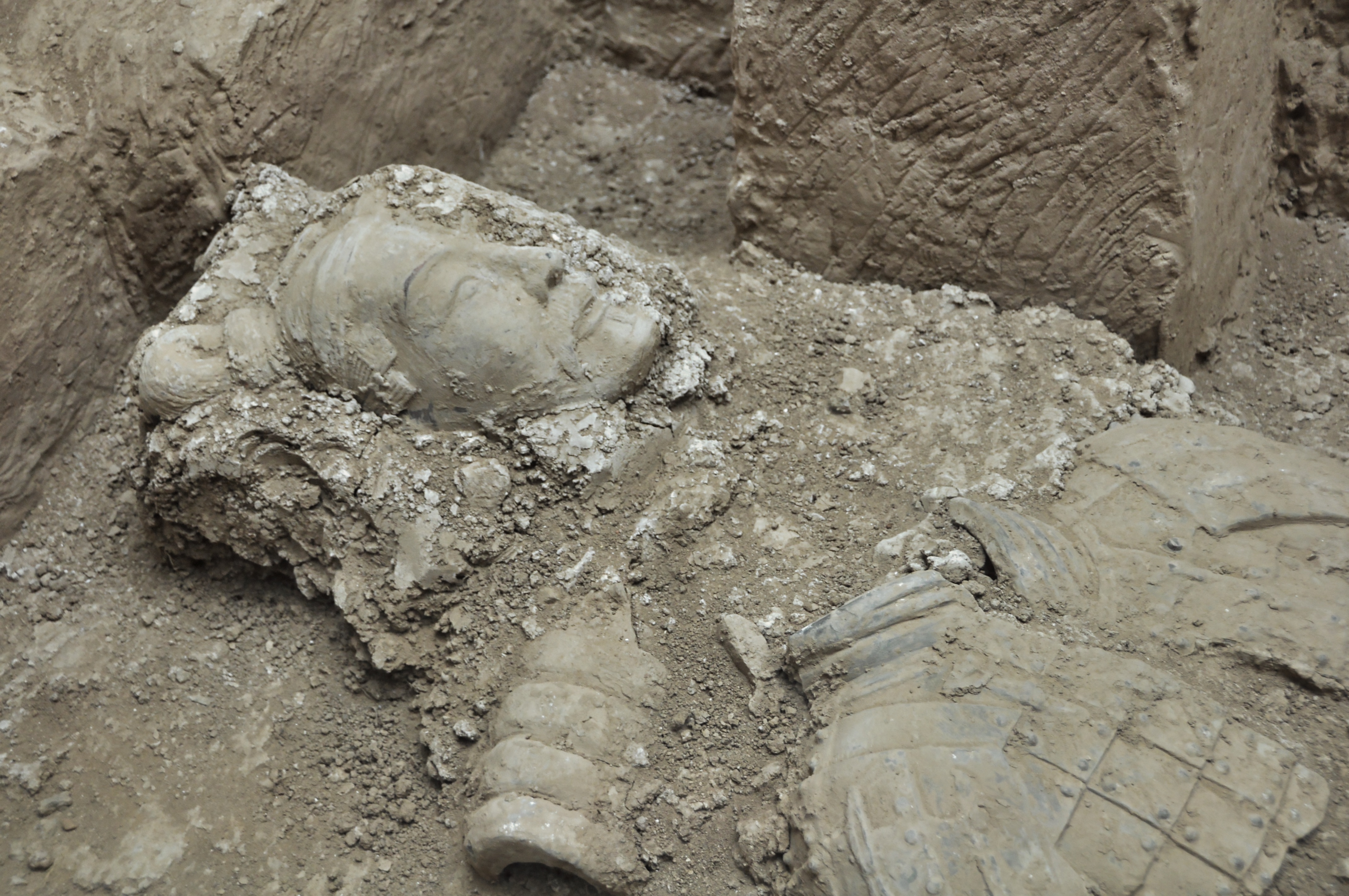
For dinner, we picked two traditional dishes of the Xi'anese cuisine. First, we tried the very wide and hand-stretched noodles named `Biangbiang`. They're so wide and so long, you only get one in your bowl. Funny story, the word `Biang` is the most complex Chinese character with a total of 58 strokes. Next, we tried the Xi'an meat burger named `Roujiamo`. It's shredded braised meat - pork, lamb or beef - pocketed in baked leavened bread. Just delicious.
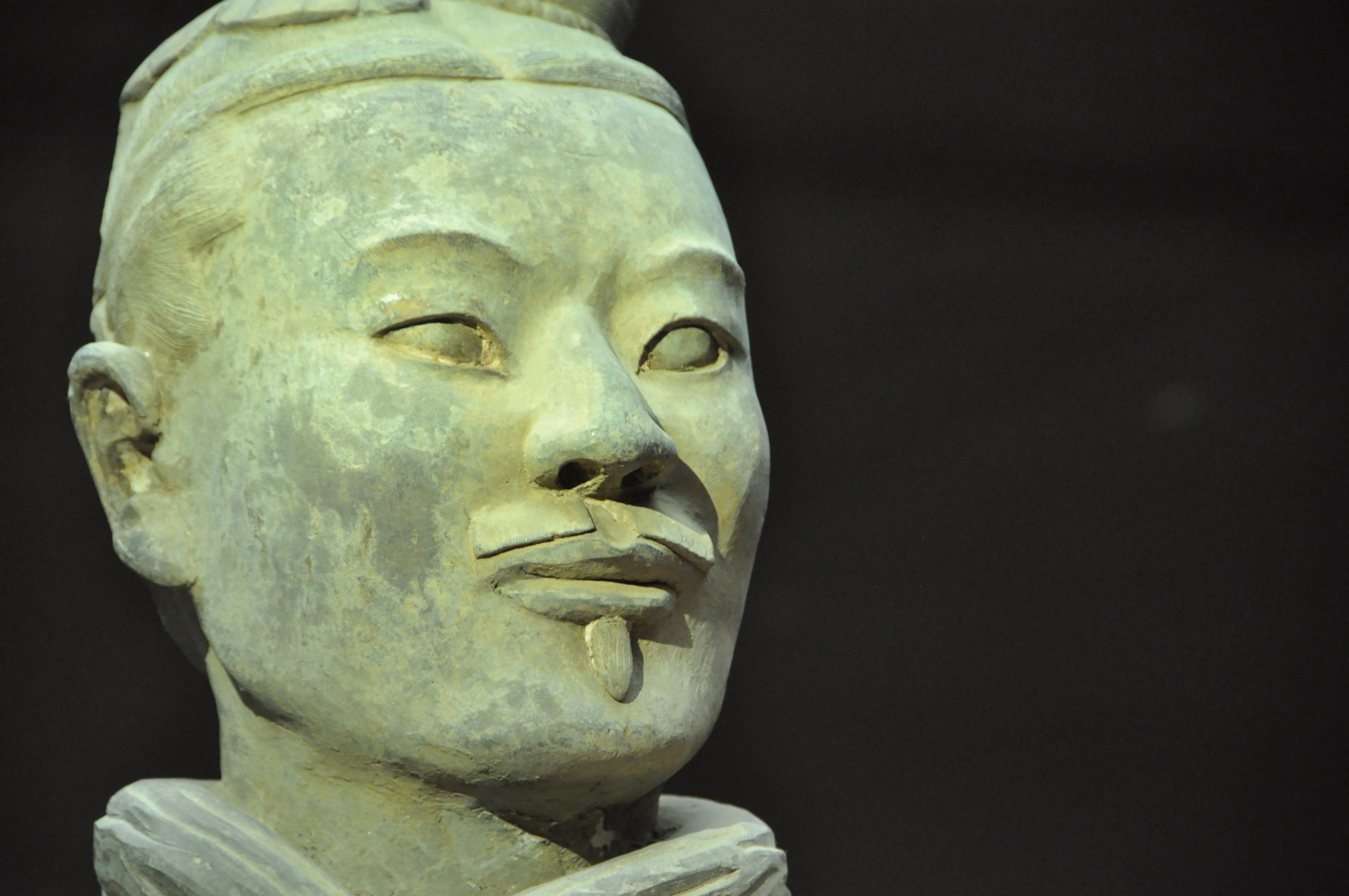
After the cheapest dinner we had so far in China (5 pounds for 2 plates and 2 beers), we took a bus to Huaqing Hot Springs. Huaqing Pool is a complex of hot springs situated at the northern foot of Mount Li. It's also home of the dramatic interpretation of famous Chinese poet Bai Juyi's masterpiece, "The Song of Everlasting Sorrow".
The `Song of Everlasting Sorrow` details the events surrounding the death of the lady Yang Guifei during the Anshi Rebellion in 755. Yang Guifei was the beloved concubine of the Emperor Xuanzong of Tang.
This hour-long show, performed on an outdoor stage set against the magnificent natural backdrop of Lishan Mountain was a blast. Everything was just impressive: the lights, the special effects, the music, the costumes and the stellar performances of the actors. The mountain played a major role as it fully becomes part of the stage. We have lived in London for 8 years and that could well surpass all the musicals we have seen in the city. Flabbergasted by the spectacle, it was time to go "home" and make up our own dreams...
Amazing facts about the Terracotta Warriors
1) The Terracotta Warriors are life-sized (1.78m -1.90m) clay soldiers buried in battle formation near Xi'an, China. Every soldier is singular with realistic and distinctive facial features. The figures vary in height, clothing and even hairstyles, all in accordance with their rank.
2) The figures were not only depicting soldiers, troopers, archers or general. Officials, acrobats, strongmen, concubines, musicians and even birds have also been uncovered.
3) At some point, over 700,000 labourers were forced to work (until death) on the Terra Cotta Warriors
4) The Terracotta Army took 40 years to be constructed and more likely stopped when the emperor died.
5) The tomb contains more than 8000 soldiers.
6) The construction for the emperor Qin started when he ascended the throne at the age of 13.
7) The Terracotta Army was constructed over 2,200 years ago. The tomb was only discovered by chance in 1974 by local farmers. It makes it one of the greatest discovery of the 20th century.
8) The soldier, horses, chariots where all painted with bright pigments. Unfortunately, when the figures were unearthed, their paint curled up and withered away in seconds
9) The Terracotta Army is only part of a garrison in Qin Shi Huang's mausoleum, which covers 56 square kilometre. More warriors could be unveiled in the future.
10) Around 130 chariots and hundreds of horses were buried as part of the extraordinary military formation. Thousands of real weapons including battle axes, crossbows, spears and arrowheads were also uncovered.
